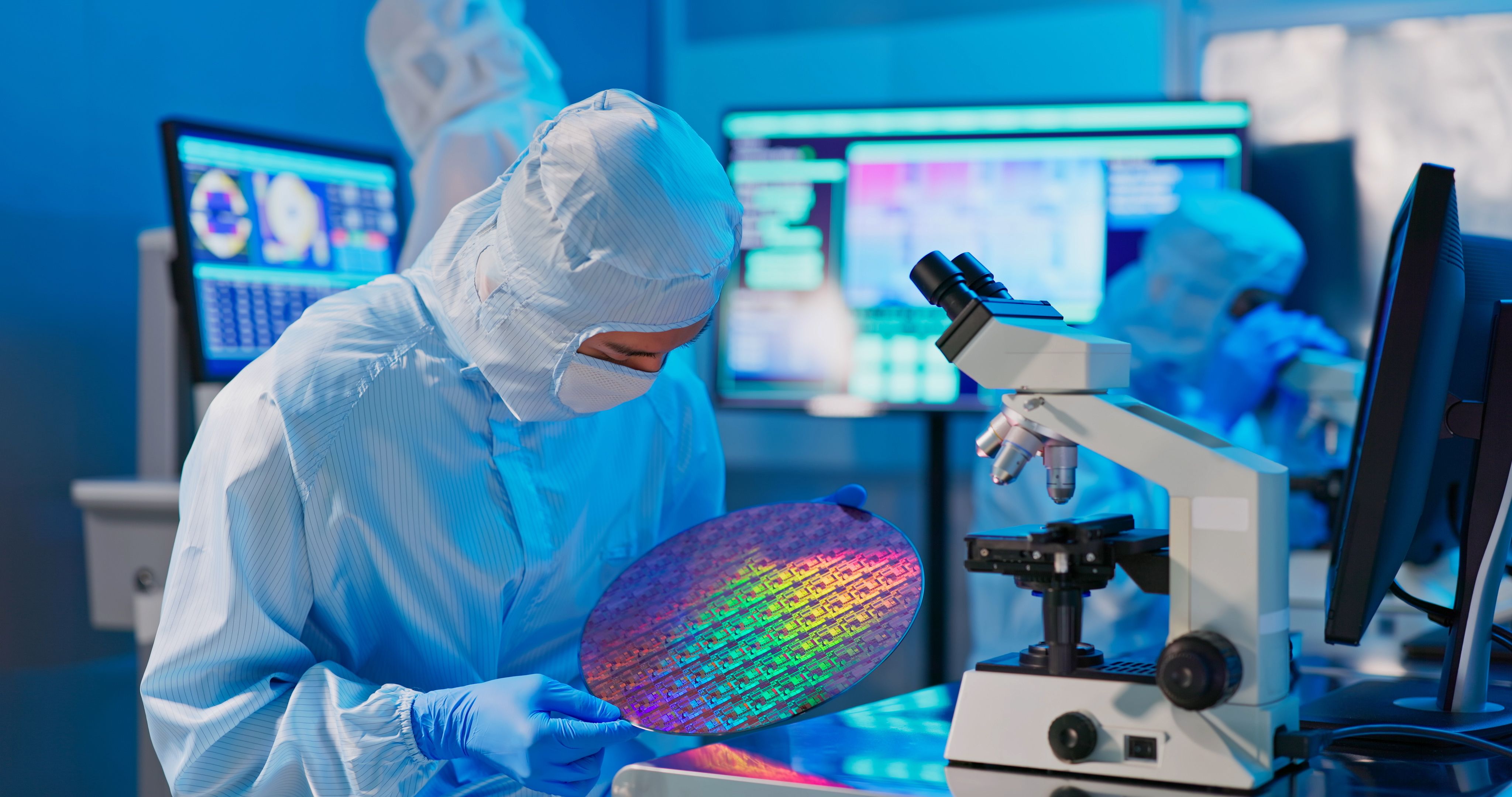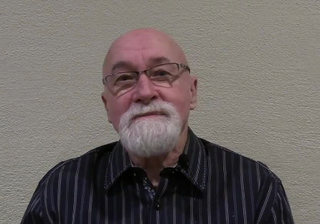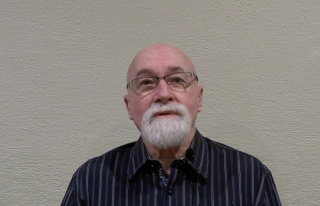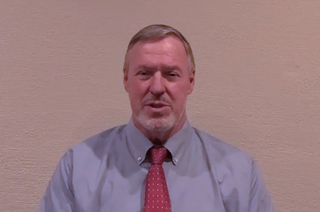
ICP-MS
Latest News
Latest Videos
More News

Elemental analysis using ICP-OES and ICP-MS is essential across the lithium-ion battery lifecycle—ensuring safety, performance, traceability, and sustainable recycling from mining to manufacturing and end-of-life recovery.
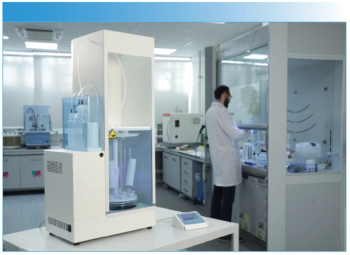
This article discusses pre-analytical best practices, recent innovations in MW design, and other productivity tools to consider throughout the workflow, explaining how these factors collectively enhance analytical accuracy and data integrity.
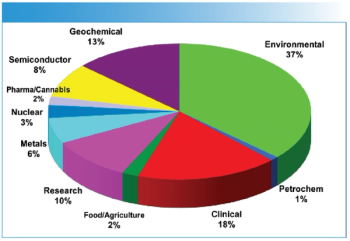
Explore essential best practices for optimizing ICP-MS methodologies, enhancing accuracy, and tackling analytical challenges in diverse sample matrices.
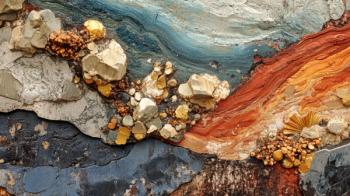
This study used three distinct sample preparation techniques to examine the metal content of geological rocks.

A new study published in Minerals reveals that red coral artifacts unearthed in Xinjiang’s Shengjindian cemetery originated from the western Mediterranean, highlighting early Silk Road trade and long-distance cultural exchange during the Han Dynasty.

In this final part of our conversation with Harrington and Seibert, they discuss the main challenges that they encountered in their study and how we can improve elemental impurity analysis in pharmaceutical quality control.

In Part II of our conversation with James Harrington of RTI International in Research Triangle Park, North Carolina, who was the lead author of this study, as well as coauthor Donna Seibert of Kalamazoo, Michigan, they talk about the reproducibility for Hg and V, as well as the ICP-MS and XRF results compare to one another.

Scientists at Oak Ridge National Laboratory have demonstrated that a fast, laser-based mass spectrometry method—LA-ICP-TOF-MS—can accurately detect and identify airborne environmental particles, including toxic metal particles like ruthenium, without the need for complex sample preparation. The work offers a breakthrough in rapid, high-resolution analysis of environmental pollutants.

This month’s column investigates the elemental composition of electrolytes in lithium-ion batteries (LIBs) using inductively coupled plasma–mass spectrometry (ICP-MS).
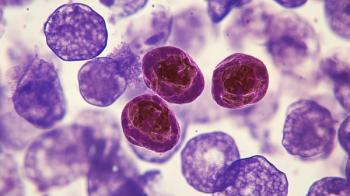
A recent study from Chiba University examined a new way to improve single-cell inductively coupled plasma–mass spectrometry (scICP-MS).

A comprehensive understanding of aging phenomena and the resulting performance loss occurring in lithium-ion batteries (LIBs) is essential for ongoing improvement of the technology. The formation of a uniform solid electrolyte interphase (SEI) is of crucial importance for the performance, lifetime, and safety of LIBs. Transition metal dissolution (TMD), caused by degradation of the cathode, and subsequent TM deposition on the anode surface can deteriorate the protective properties of the SEI, possibly leading to reconstruction of the SEI and loss of active lithium. We explore this topic here.
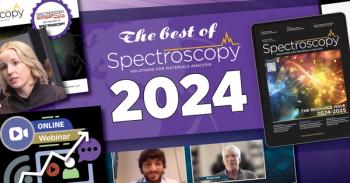
In 2024, we launched multiple content series, covered major conferences, presented two awards, and continued our monthly Analytically Speaking episodes. Below, you'll find a selection of the most popular content from Spectroscopy over the past year.

This month’s column evaluates the capability of inductively coupled plasma–mass spectrometry (ICP-MS) to reduce the impact of doubly charged rare-earth element (REE) interferences on the quantitation of the metalloids, arsenic (As), and selenium (Se) in water and biological matrices.

Top articles published this week include an article about hyperspectral imaging in human skin research, a peer-reviewed article about analyzing geological samples using atomic spectroscopy techniques, and an equipment roundup piece about the latest products in the industry.
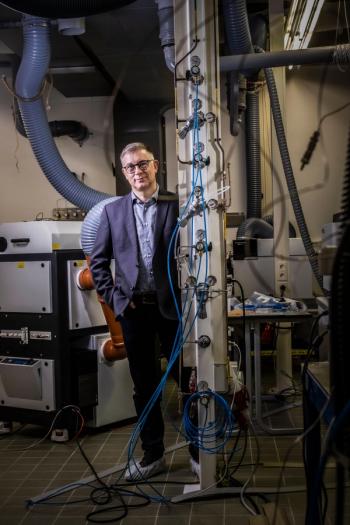
In this preview to the upcoming SciX 2024 conference next week, Spectroscopy sat down with Frank Vanhaecke to discuss about his educational background and what he is looking forward to about the upcoming conference.
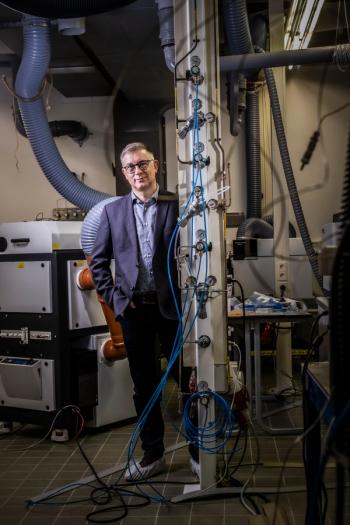
Frank Vanhaecke and the Atomic & Mass Spectrometry Research Group of Belgium’s Ghent University recently developed a novel method allowing for direct isotopic analysis of mercury (Hg) in solid samples without any prior sample treatment being performed.

The following article is adapted from a chapter in the author’s textbook, Practical Guide to ICP-MS and Other AS Techniques: A Tutorial for Beginners, published by CRC Press.

A method combining inductively coupled plasma–mass spectrometry (ICP-MS) with inductively coupled plasma–optical emission spectrometry (ICP-OES) was developed for multielement determination of 50 species of major, minor, micro, and trace, rare earth, and rare elements in geological samples.
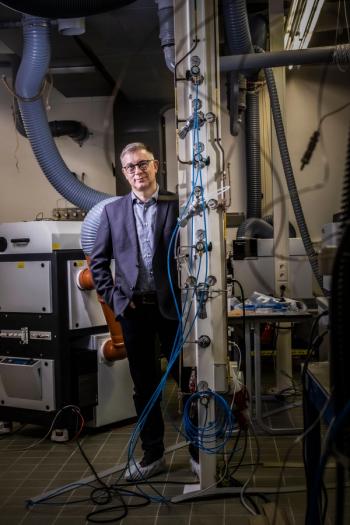
As a preview to the SciX 2024 conference, Spectroscopy sat down with Frank Vanhaecke to discuss about his current research analyzing mercury isotopes.

Spectroscopy Magazine sits down with Benjamin T. Manard of the Chemical Sciences Division at Oak Ridge National Laboratory (Oak Ridge, Tennessee), who will be receiving the Lester W. Strock Award, given by the New England Section of the Society for Applied Spectroscopy, this October.

In this article, we introduce the concept of a gas exchange device (GED) and how it can be used to monitor organometallic compounds and metallic particles in specialty gases.
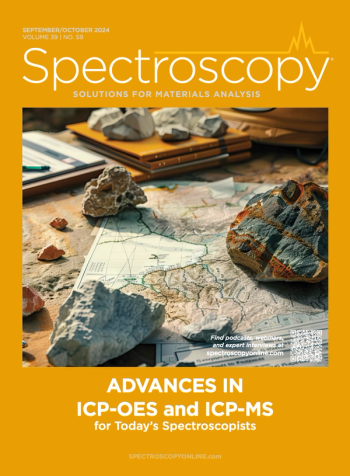
Click here to download the issue PDF for the Spectroscopy digital supplement "Advances in ICP-OES and ICP-MS for Today's Spectroscopists."

Click here to download the issue PDF for the Spectroscopy digital supplement "Advances in ICP-OES and ICP-MS for Today's Spectroscopists."

At GCC 2024 in Galveston, Texas, there will be several oral sessions that focus on spectroscopy’s role in the petroleum industry. We preview them here.

Posters at the 2024 conference will feature research on a variety of topics from distillate product analysis to determining organic chloride in crude oil.



